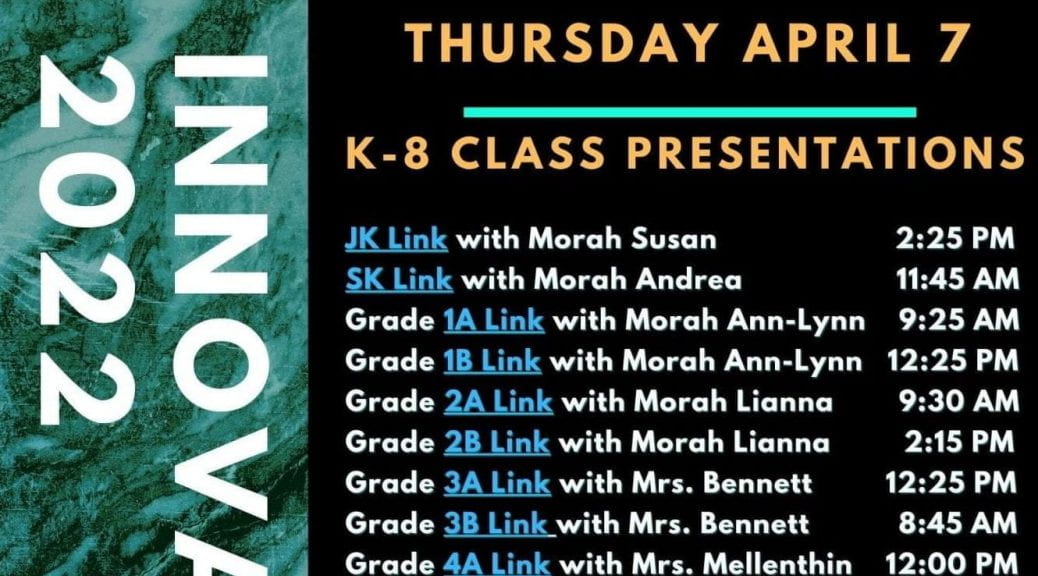
2022 Innovation Day Schedule and Links
Welcome to the 2022 Innovation Day. A day to celebrate Science here at the OJCS. Find all the schedules and links to live presentations in the graphic below.

Welcome to the 2022 Innovation Day. A day to celebrate Science here at the OJCS. Find all the schedules and links to live presentations in the graphic below.
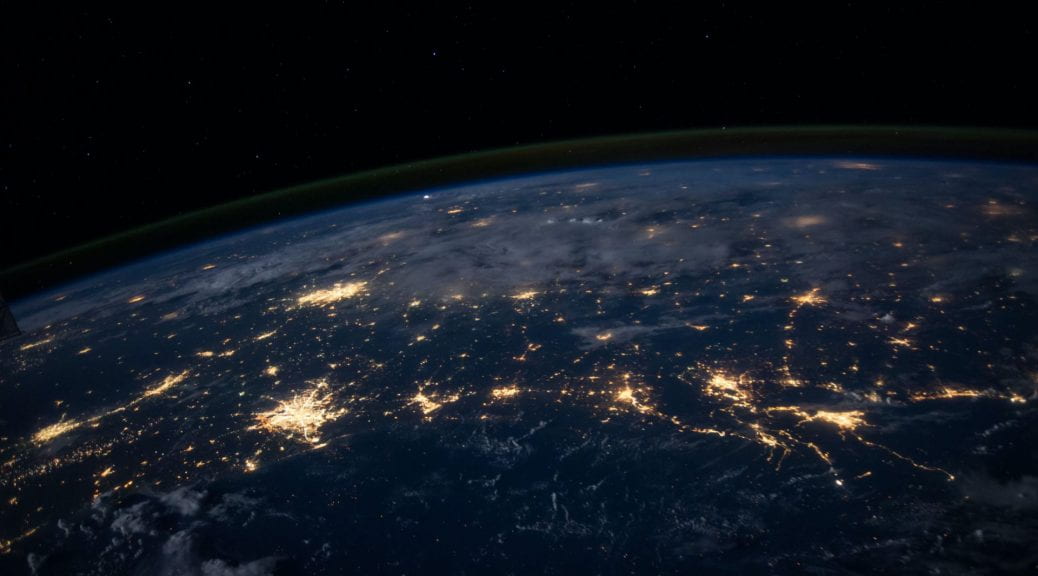
On Tuesday October 12th, Science classes participated in the Global Maker Day. A day dedicated to learn, share, and play while completing STEM related challenges. Challenges will provide students to practice problem solving, be creative, and have fun learning.
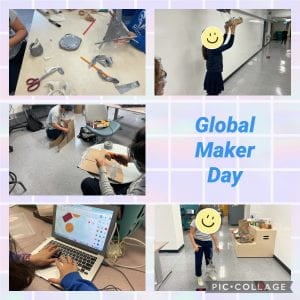
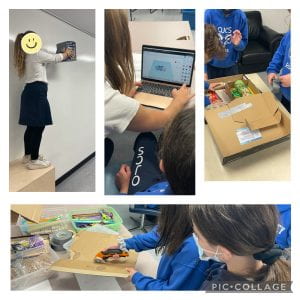
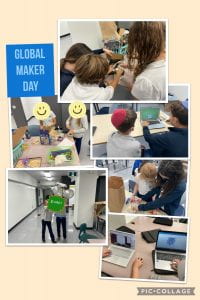
Possible events, presentations, videos and challenges are listed below.
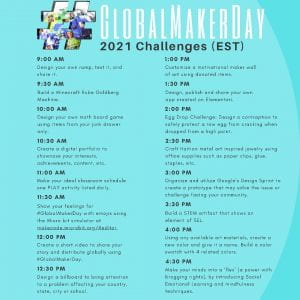
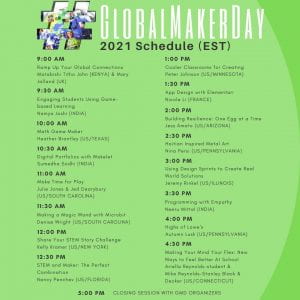
Check out globalmakerday.com for more information!
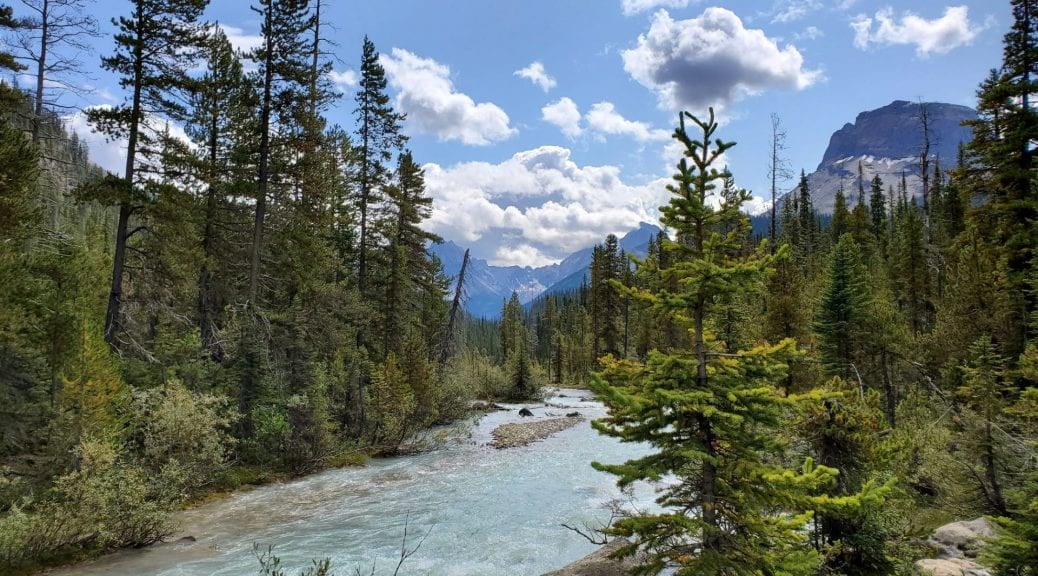
Lesson 1: Biotic and Abiotic Factors
Lesson 2: Ecosystem Unit Vocabulary
Lesson 3: Biospheres
Lesson 4: Interactions among Living Things
Lesson 5: Food Chains and Food Webs
3. Watch the video above
4. Make a copy of the Food Webs video worksheet, fill it out, and submit it to your hand-in folder
Lesson 6: Carbon and Water Cycles
Download a copy of this ‘Matter Cycles‘ text to your ecosystems folder
Carbon Cycle and Water Cycle Handout
Lesson 7: Roles of Organisms in an Ecosystem
Lesson 8: Energy Flow
Lesson 9: Primary and Secondary Succession
Lesson 10: CoSpaces Project
Introductory Videos
Using Paths

Looking to get ahead next year, or review anything from last year? Find your grade level below. If you have any questions, feel free to reach out to Mr. Ray.
Grade 6 into 7 Prep. Links and Resources
ECOSYSTEMS
Biotic vs. Abiotic Factors
Build your own Self Contained Biosphere student video
Food Webs
Ecosystems and Biomes link and video
Ecosystems Terminology and Organization
CHEMISTRY
Lab Rubric
Matter and the Particle Theory
The Periodic Table of Elements
Some Key Concepts About Elements and their Atoms
HEAT
What is Heat?
Thermal Expansion Video
Heat Transfer – Conduction, Convection, and Radiation
Radiant Energy
States of Matter and the Changes of State
STRUCTURES
Structure Types
Grade 7 into 8 Prep Links and Resources
CELLS
Plant Cell Organelles
Cell Structures
Compound Microscope Parts
Preparing Slides
Diffusion and Osmosis
FLUIDS
Properties of Fluids: Viscosity
Properties of Fluids: Density
What is Density and How to Calculate Student Note
Density Explained
Calculating Density and Buoyancy Online Simulator
Archimedes Gold Crown Problem – Solved using Density
Fluids Under Pressure: Hydraulics vs. Pneumatics video
SYSTEMS IN ACTION
6 Types of Simple Machines
Net Forces Explanation
Levers – Class 1, Class 2, Class 3
Calculating Mechanical Advantage
Gears
Pulleys and Mechanical Advantage
ELECTRICITY
What is Static Electricity?
Components of Electric Circuit
How Solar Energy is Transformed into Electricity
Series vs Parallel Circuits
Build Your Own Circuit Simulator
Grade 8 into 9 Prep Links and Resources
more grade 9 videos and info…
CHEMISTRY
Properties of Matter (Physical properties vs Chemical properties)
Changes in Matter (Physical changes vs. Chemical changes)
Elements and Reading the Periodic Table
Interactive Periodic Table of Elements
Some Key Concepts About Elements and their Atoms
How to Draw Bohr Rutherford Diagrams
Covalent vs. Ionic bonding
BIOLOGY
Food Chains and Food Webs
Biogeochemical Cycles
BIODIVERSITY
ELECTRICITY
Static Electricity
Charging and Object by Induction
Series and Parallel Circuits
SPACE
The Milky Way
Outer Space
The Solar System
The Moon
Moon Phases
Comets, Asteroids, Meteors, Meteoroids, Meteorites

All presentations, links, and videos from the Structures: Form and Function lessons will be posted below.
Stability and Forces Presentation
Stress on Structures and Structure Types Presentation
Stability, Symmetry & Bridge Type Presentation
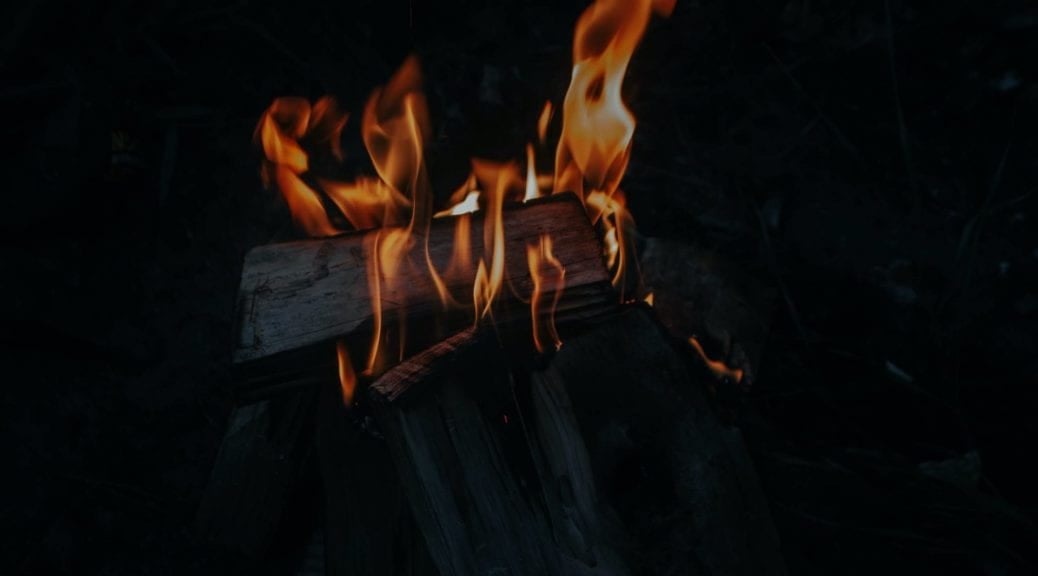
Find all presentations, videos, screencasts, handouts, and assignments below!
MUST DO
Lesson 1: Introduction to Heat (Heat in the Environment)
Estimating Temperatures Handout
Intro to Heat Slides Presentation
Screencast video of Lesson 1
Lesson 2 : Thermometers PDF (3 HW questions located on last slide)
Lesson 3: Heat, Temperature and the Particle Theory
PDF copy of presentation
Bill Nye: Heat worksheet link (make a copy and share with Mr. Ray)
Lesson 4: Conduction
PDF of presentation
Lesson 5: Convection
Lesson 6: Radiation
Lesson 7: States of Matter
COULD DO
Learn how to code, tell stories, and make games using Scratch
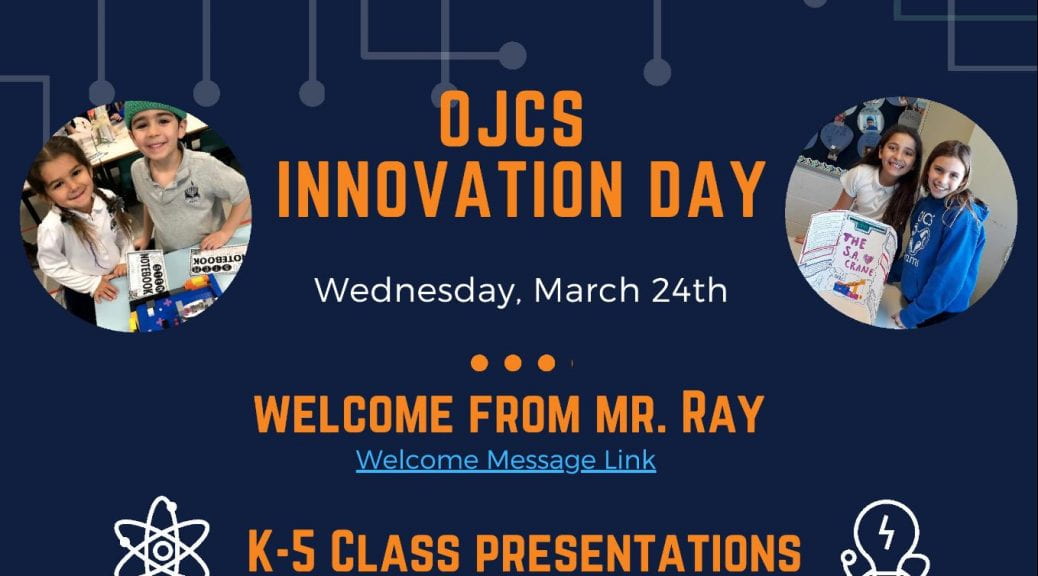
Welcome to the 2021 Innovation Day. A day to celebrate Science here at the OJCS. Find all the schedules and links to live presentations in the graphic below.
Click here to watch all of the videos that the middle school students created for their projects!

All of our Pure Substances & Mixtures unit resources will be posted here and broken down into 3 sub units; Classifying matter, Solutions, and Separating Mixtures. Any extras (Could do’s) are located at the bottom of the page.
Classifying Matter
1.1 – What is Matter? (Make a copy of all student textbook pages and add them to your Chemistry Folder)
1.2 – More About Matter (After adding to your Chemistry folder, read and answer questions #1 -4)
1.4 – Pure Substances and Mixtures (Read and answer questions #1, 3, and 4)
Classifying Matter Quiz Study Sheet (Wednesday February 24th)
1.6 – Mechanical Mixtures and Solutions
Solutions
2.1 – Solutes and Solvents (Read and answer questions #1-6) Due Thursday April 8
2.2 – Dissolving and the Particle Theory
2.3 – Concentration and Solubility (Read and answer questions #2-6) Due Wednesday April 14
Calculating Concentration and Solubility Q’s (Answer questions #1-4)
At home Chemistry Lab # 1 (Due Friday April 23rd)
At home Chemistry Lab # 2 (Due Friday April 30th)
Separating Mixtures
3.2 – Separating Mechanical Mixtures (In your group answer #1-4)
3.5 – Separating Solutions (In your group, answer #1-3, don’t worry about drawing a picture for question 2)
Filtration Project
Innovation Day Peer and Self Evaluation Form
How to Make a Screencastify Video Tutorial
COULD DO
Other States of Matter (Read the following if you are interested in the 4th State of Matter, Plasma)
ORSF (Ottawa Regional Science Fair Info) – March 27th
Students that want to enter an independent project to the virtual orsf can find all information, links, rubrics, and registration details below.
Ottawa Regional Science Fair Homepage
Important Dates (Registration closes March 26th)
How to Create your Virtual Board using the ProjectBoard software
OJCS STEAM project rubric, organizer, information, and tracking sheets
The Scientific Method broken down into parts and how to create it.
How to Write a Bibliography
Tracking Sheet to keep you on track. Have Mr. Ray initial each section you complete.
Scientific Method and STEAM Tracking Sheet – link
Final Rubric for your Project

Biotic and Abiotic Factors
List the biotic and abiotic factors in this handout (make a copy for yourself and save it to your ecosystems folder)
Download a copy of this ‘What is an Ecosystem?‘ text to your ecosystems folder
Answer questions 2, 3, and 4 at the end of the text
Ecosystem Unit Vocabulary
Ecosystems Vocabulary Student Study Sheet (To be filled in using the 4.1 note)
Biospheres
Helpful mason jar build resource link
Food Chains and Food Webs
Download a copy of this ‘Food Chains and Food Webs‘ text to your ecosystems folder
Carbon Cycle and Water Cycle Handout
Carbon and Water Cycles
Download a copy of this ‘Matter Cycles‘ text to your ecosystems folder
Carbon Cycle and Water Cycle Handout
CoSpaces
Blog Post info – Make a post to your own blogfolio
Merge Cube Ecosystem Project and Rubric
Textbook links
4.1 – What is an Ecosystem?
4.2 –The Needs of Living Things
4.4 –Interactions Among Living Things
5.2 –Food Chains and Food Webs
5.5 –Matter Cycles

Here are some helpful tips as you expand on your web literacy, research, and digital citizenship skills. Feel free to download a copy and add it to the Research folder located in your Science folder to refer back to it when needed. Review Sheet found below.
Review Sheet